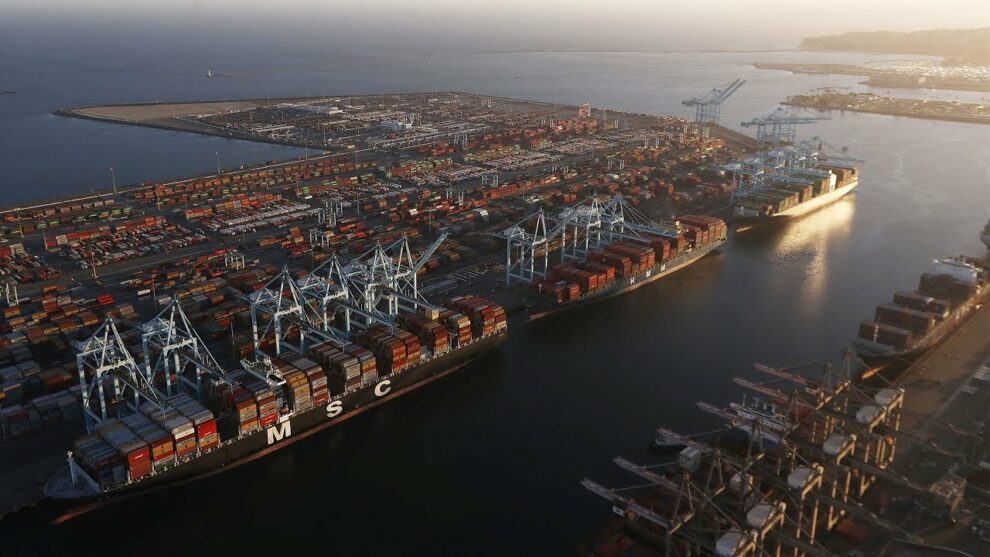Rabat – Morocco’s trade deficit continued to ease in 2023 as global markets recovered from the consecutive shocks that have sent food and energy prices soaring in 2022.
The country’s trade deficit dropped by 9.4% over the first months of 2023, according to a recent report from Office d’Echange (OE).
The trade deficit reflects the monetary difference between a country’s imports and exports; a high trade deficit burdens a country’s reserves, as governments resort to much-needed reserves of foreign currency to cover the difference.
During the end of the first eight months of 2023, the monetary value of imports dropped by 3.9%, totaling MAD 472 billion ($45.9 billion), down from MAD 491 billion ($47.8 billion) a year earlier.
Meanwhile, exports recorded an annual uptick of 0.2% at the end of August, rising to MAD 280 billion ($27.2 billion) from MAD 279.5 billion ($27.2 billion) in the same period in 2022.
The drop in the value of imports is mainly due to the drop in the country’s energy bill, semi-finished products, and raw products.
Over the first eight months of 2023, the energy bill fell by 22.6% year-on-year to MAD 79.4 billion ($7.7 billion), compared to a staggering MAD 102.6 billion ($9.9 billion) at the end of August 2022.
Likewise, imports of semi-finished products dropped by 13.5% year-on-year thanks to the easing prices of ammonia, a key commodity in the manufacturing of fertilizers.
Imports of semi-finished products dropped by more than half from MAD 13.5 billion ($1.3 billion) to MAD 5.4 billion ($526 million).
Imports of raw products have decreased by 25.4% year-on-year, reaching MAD 23.8 billion ($2.3 billion) compared to MAD 32 billion ($3.2 billion).
Source : Morocco World News

















Add Comment